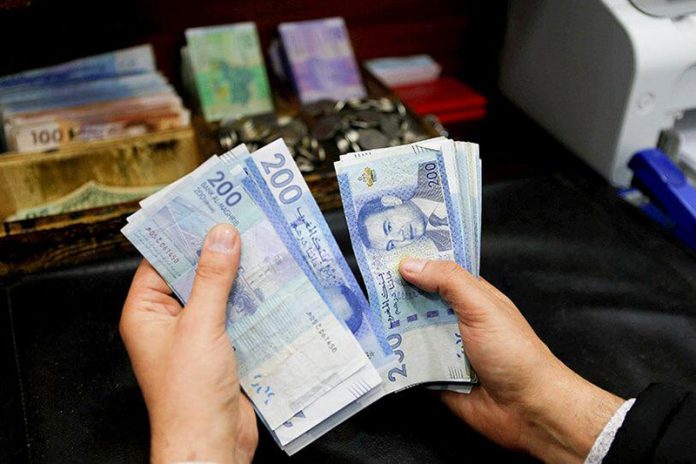According to 2023 data from Bank Al-Maghrib, financial inclusion in Morocco has made significant progress. The Financial Inclusion Index (FII) saw a remarkable increase, surpassing the regional average. One of the driving forces behind this improvement is the rise in access points for financial services, now standing at 12.5 per 10,000 adults, up from 11.5.
The National Strategy for Financial Inclusion, in partnership with the Ministry of Economy and Finance, plays a crucial role in these advances, particularly for underserved populations and small businesses. The strategy has facilitated broader access to banking services, with a strong focus on supporting micro, small, and medium-sized enterprises (MSMEs).
Digital payments: A growing trend
Digital transformation has become the cornerstone of the banking sector’s evolution in Morocco. Payment transactions made by card increased by 22% in volume and 19% in value, reflecting a shift toward more cashless operations. This shift is further evidenced by the adoption of contactless payments, which now account for 57% of all transactions processed on electronic payment terminals.
E-commerce is also on the rise, with a 20% jump in online transactions, fueled by innovations such as instant transfers, which have already seen over 6 million operations in just a few months.
Bank loans: Support for MSMEs
Moroccan banks continue to provide vital financial support to MSMEs, with outstanding loans surpassing 210 billion dirhams. This funding is critical for boosting the country’s economic recovery, especially in the dynamic Casablanca-Settat region, which absorbs nearly 60% of the loans.
However, some regions, such as Souss-Massa, have seen a slight decline in loan activity, highlighting regional disparities in access to finance. While the overall outlook is positive, these discrepancies point to areas that need more attention.
Rising bank penetration rate
Morocco’s bank penetration rate continues to grow, with 54% of adults now holding at least one active bank account. The number of individual deposit accounts has also risen to 30.4 million. Efforts to democratize financial services, such as the expansion of mobile wallets (M-Wallets), have played a pivotal role in driving financial inclusion.
M-Wallet usage has increased by nearly 35%, with over 10 million active wallets, providing access to financial services for previously underserved segments of the population.
Stable financial infrastructure
Morocco’s financial infrastructure has proven its resilience, as demonstrated by the 20% increase in payment orders processed through the Moroccan Real-Time Gross Settlement System (SRBM). This stability reflects the robustness of the country’s payment systems and their ability to withstand economic shocks.
The recent launch of the Central Counterparty Clearing House (CCP) for the futures market signals further modernization of Morocco’s financial infrastructure. Fintechs are also gaining ground, with over 80 innovative startups integrated into the financial ecosystem through a “One Stop Shop” initiative.
Lower banking costs
Recent figures show a slight reduction in banking service costs, with the Banking Services Price Index (BSPI) dropping by 1%. The decrease is primarily due to an 8% reduction in account maintenance fees and lower costs associated with banking packages. However, fees related to bank cards have seen a slight uptick. This overall reduction underscores Moroccan banks’ efforts to improve accessibility, especially for low-income customers, while promoting transparency in pricing.
